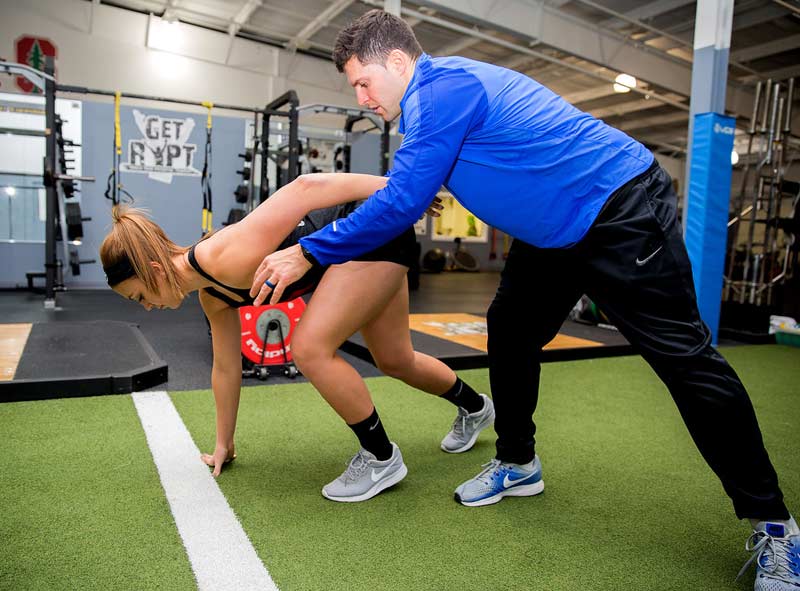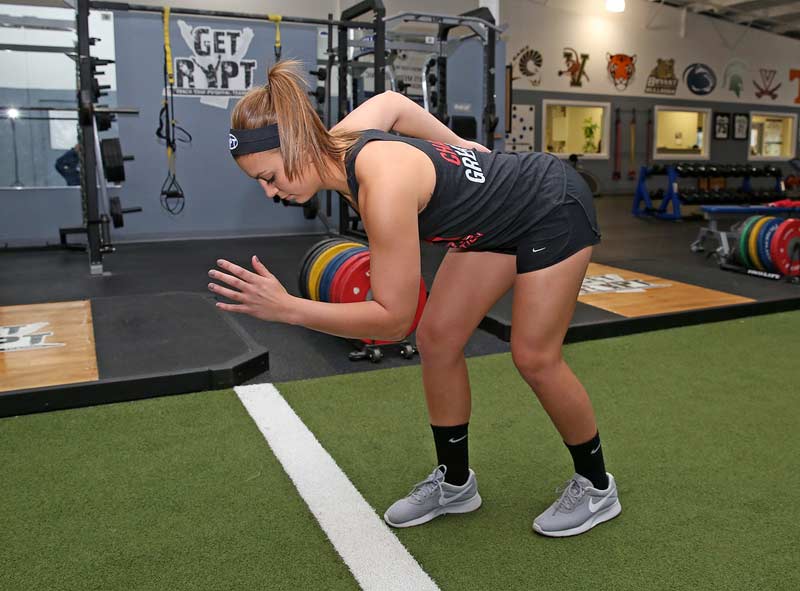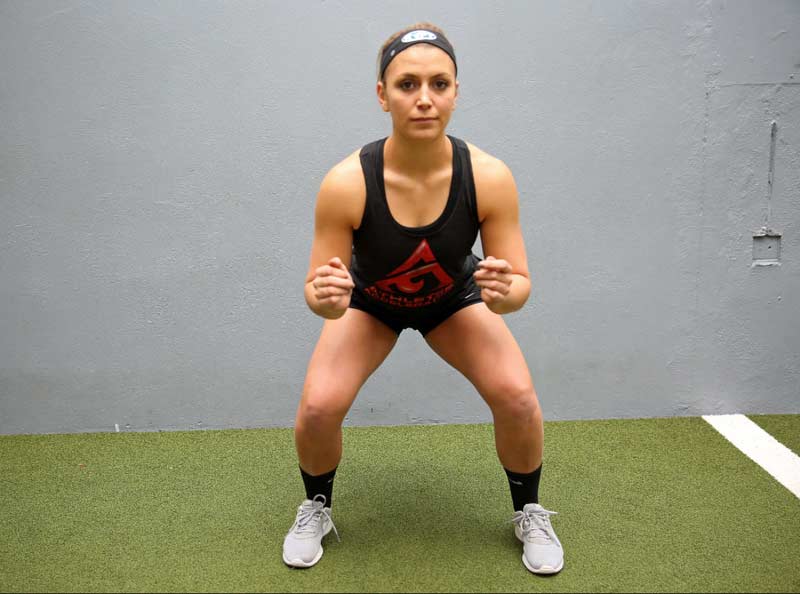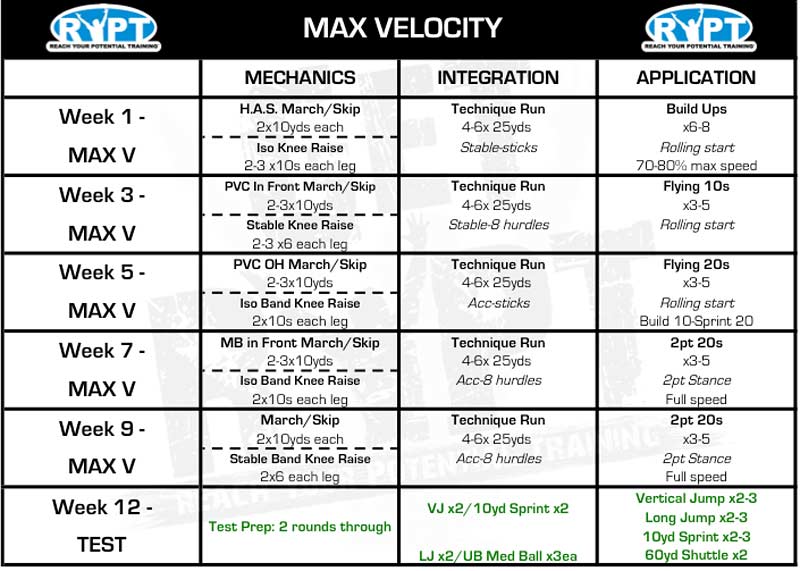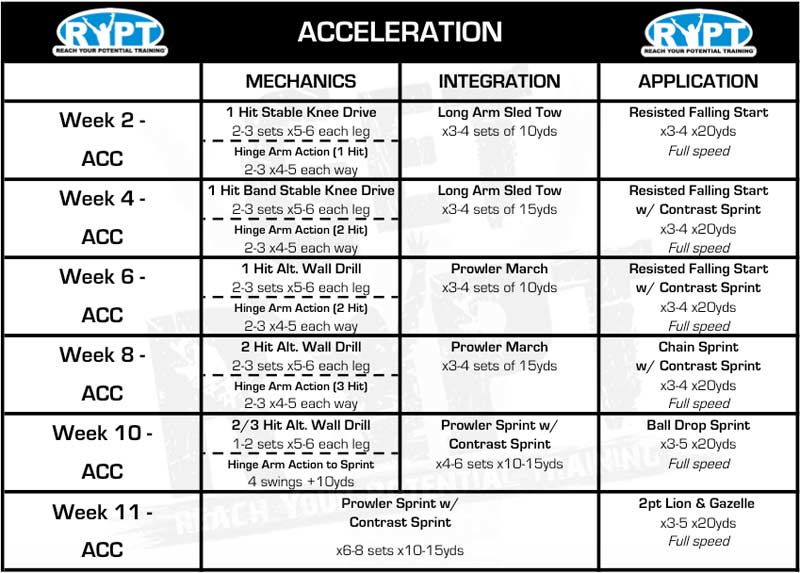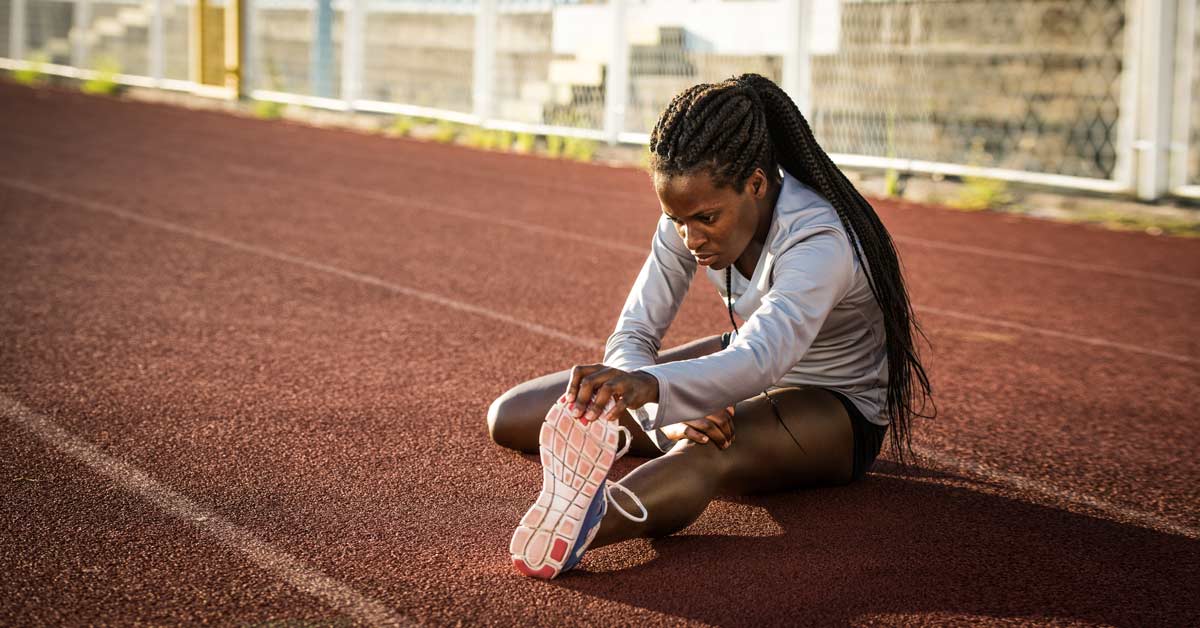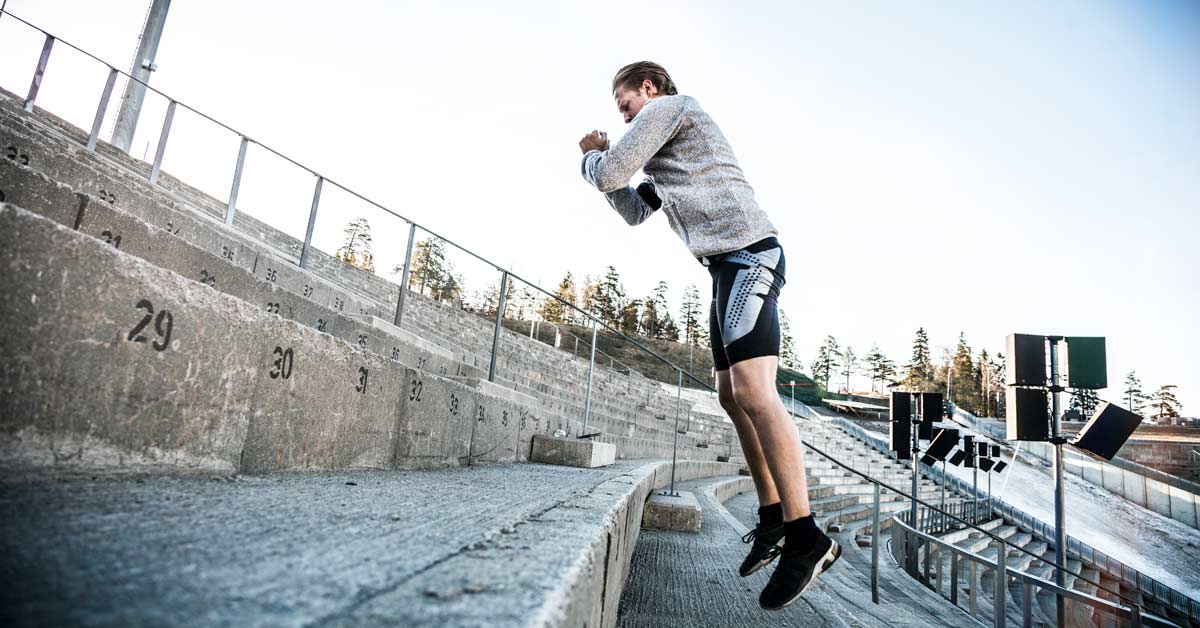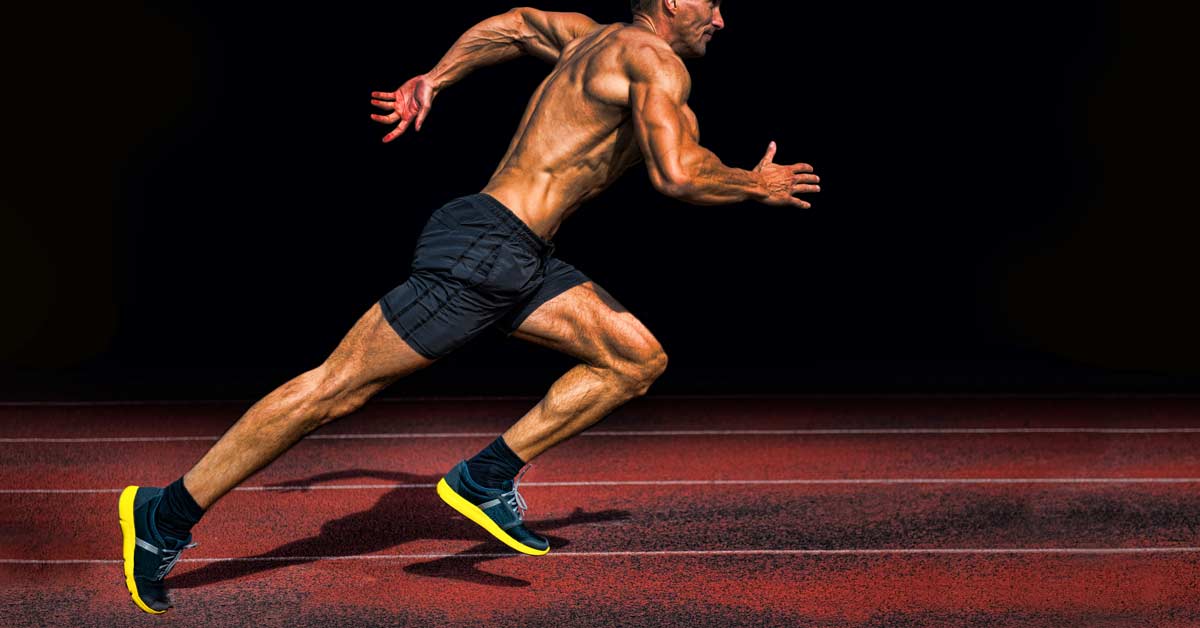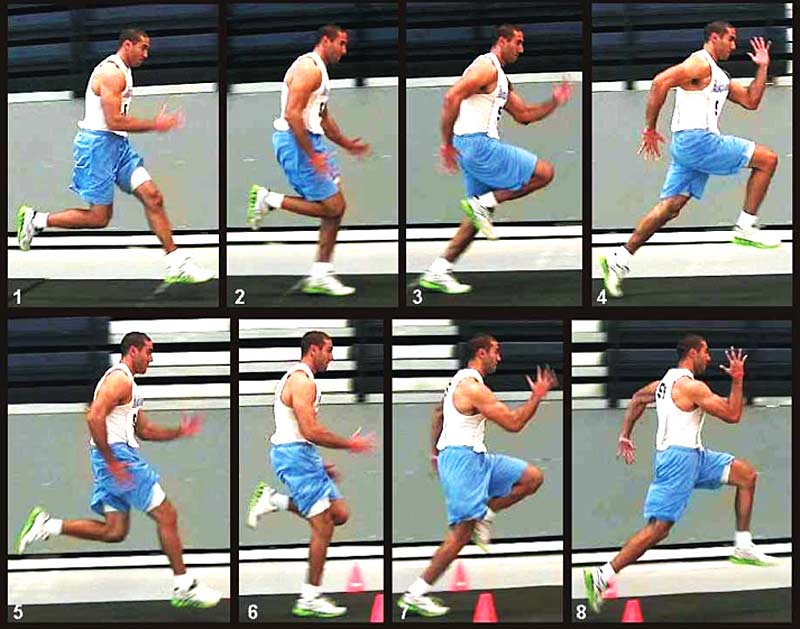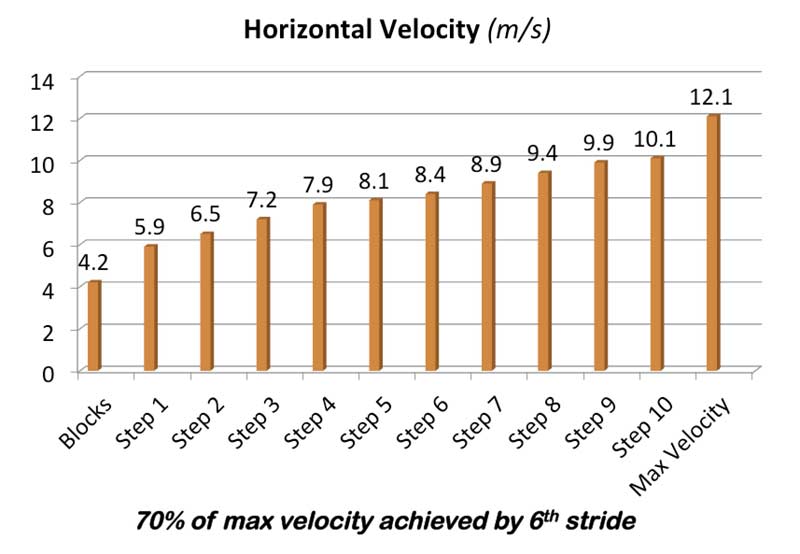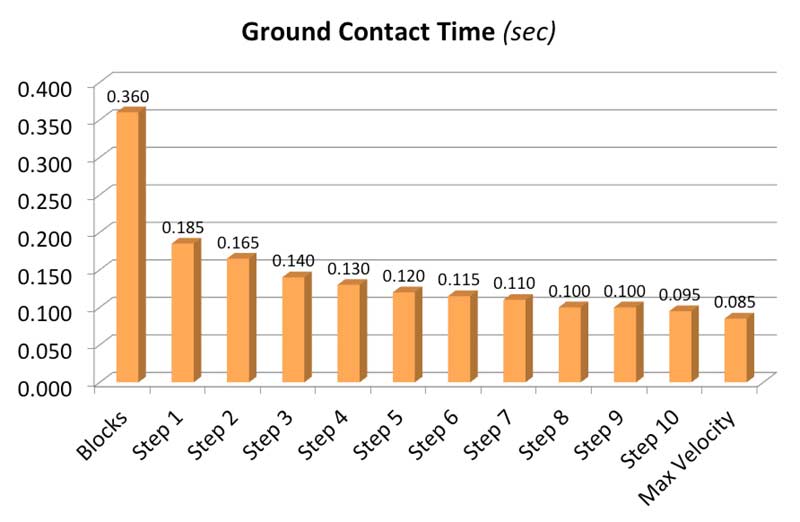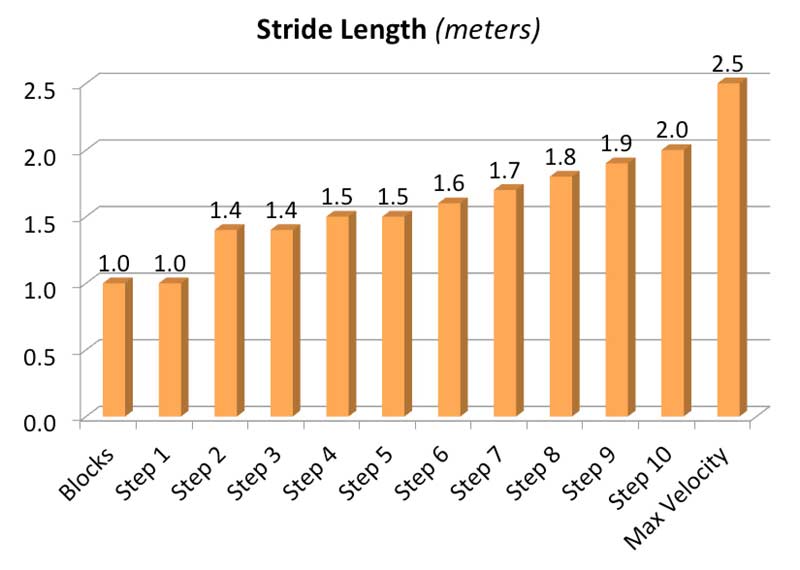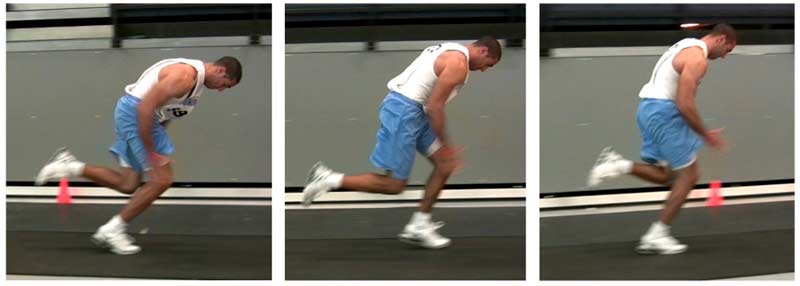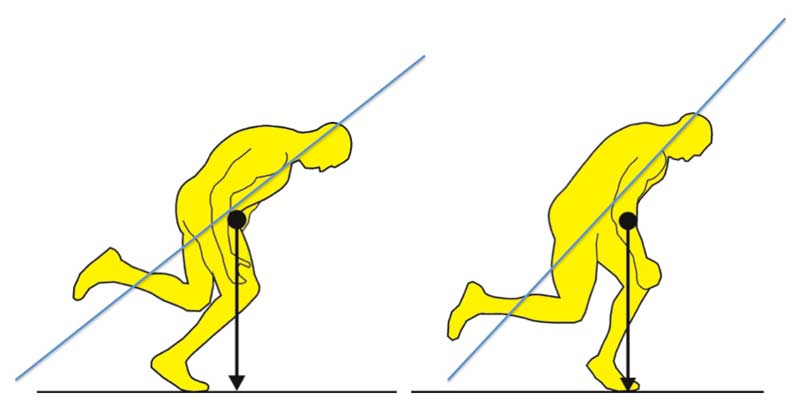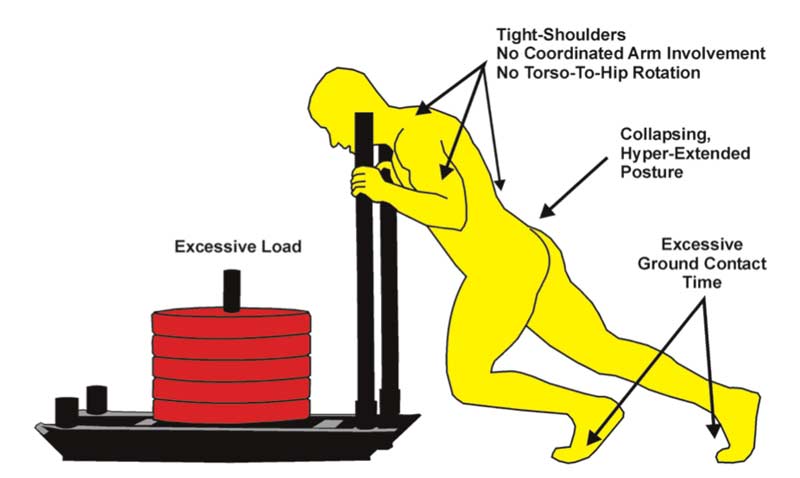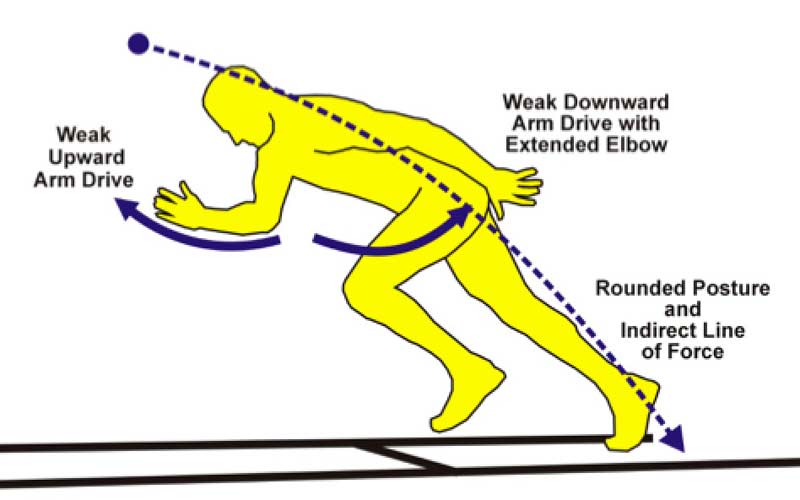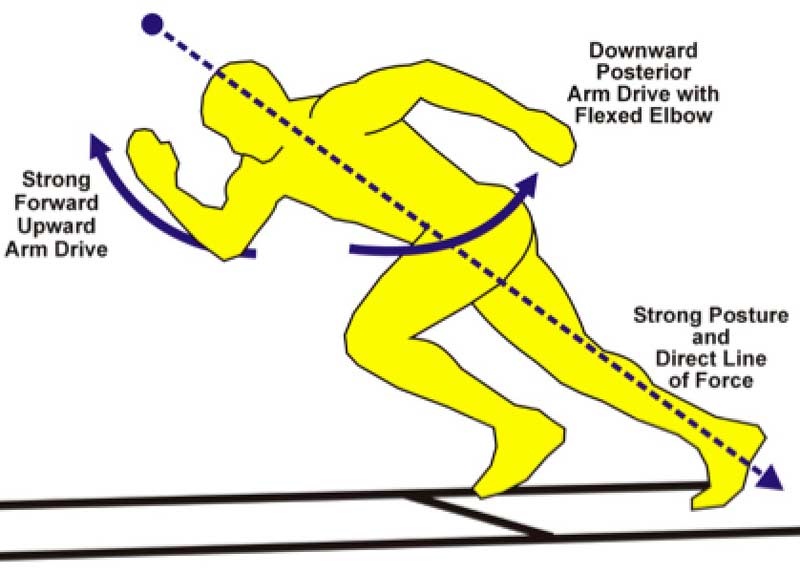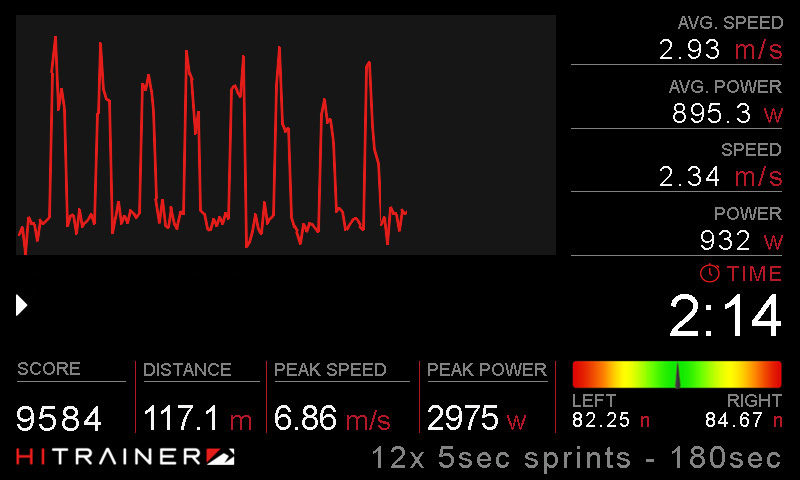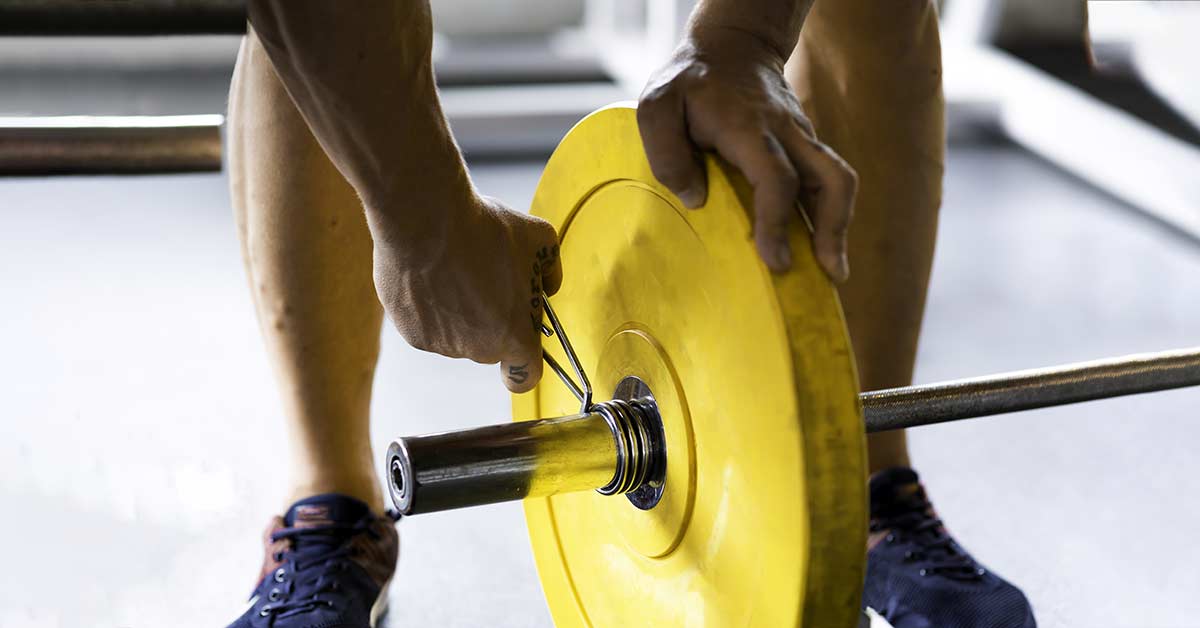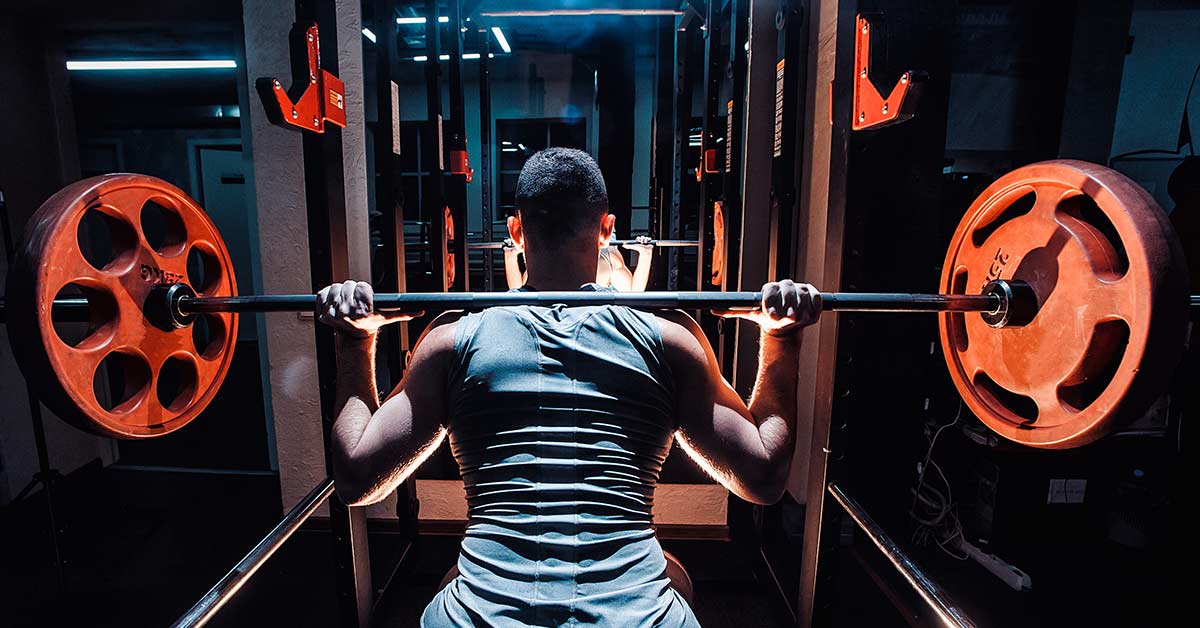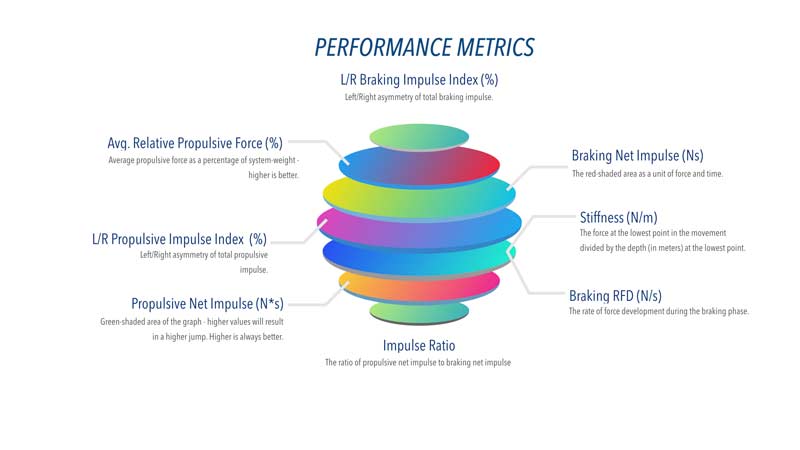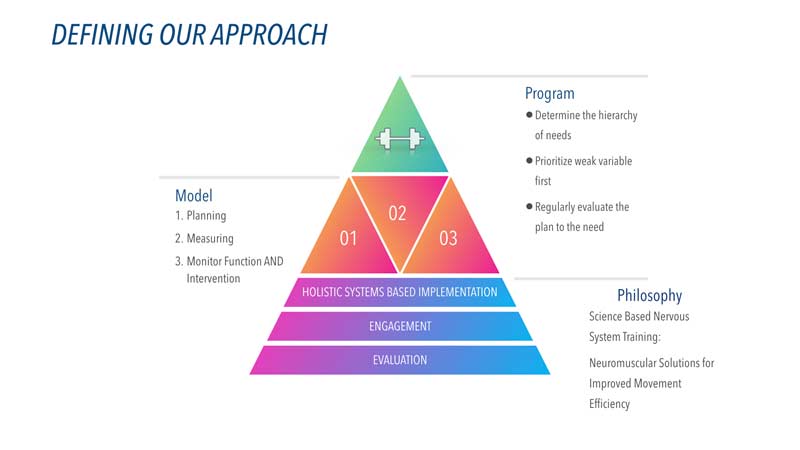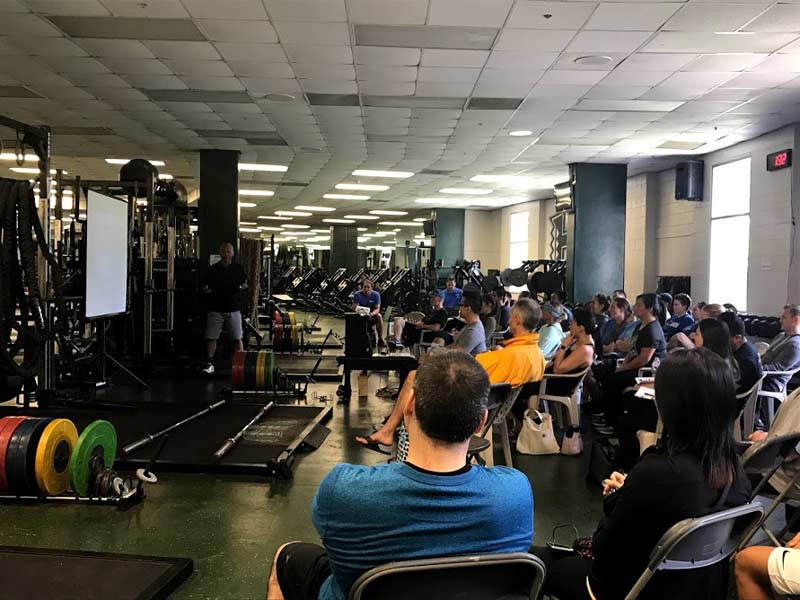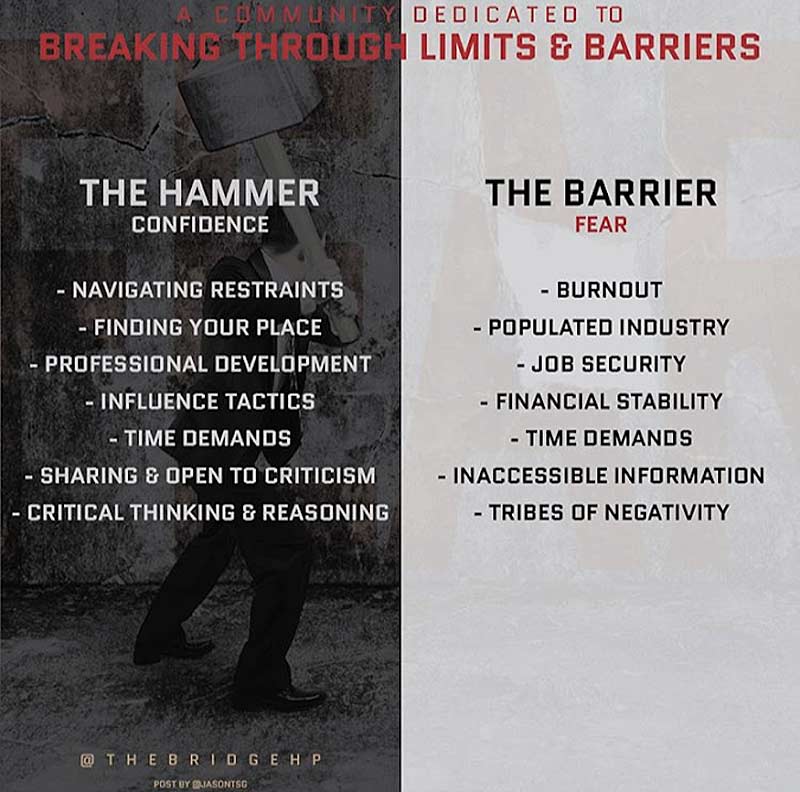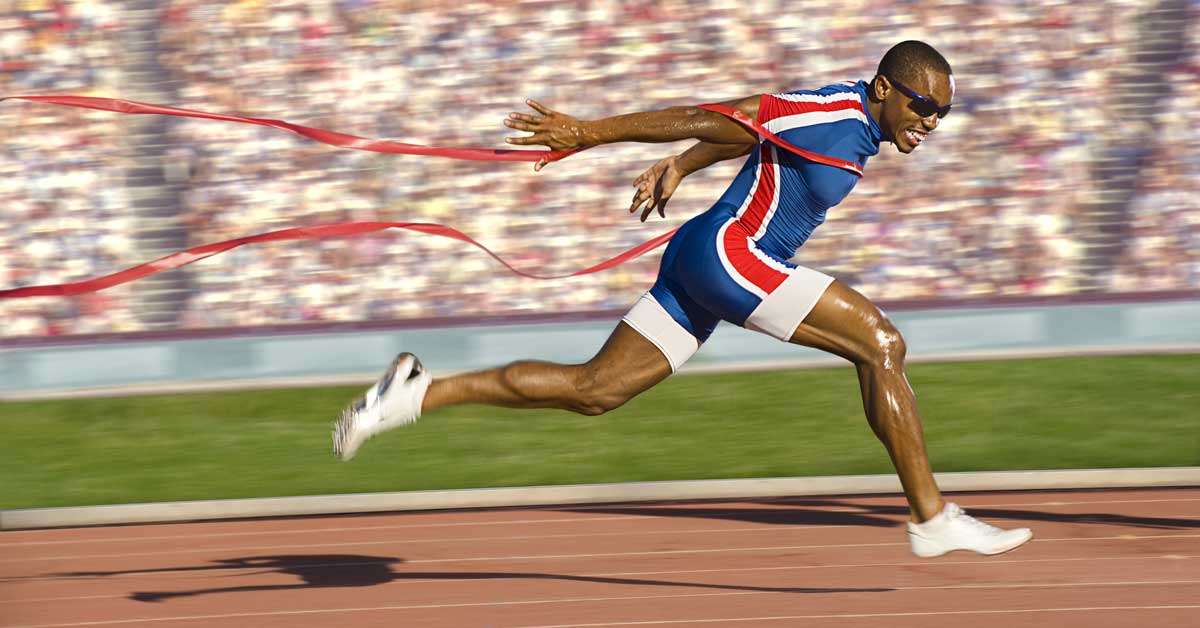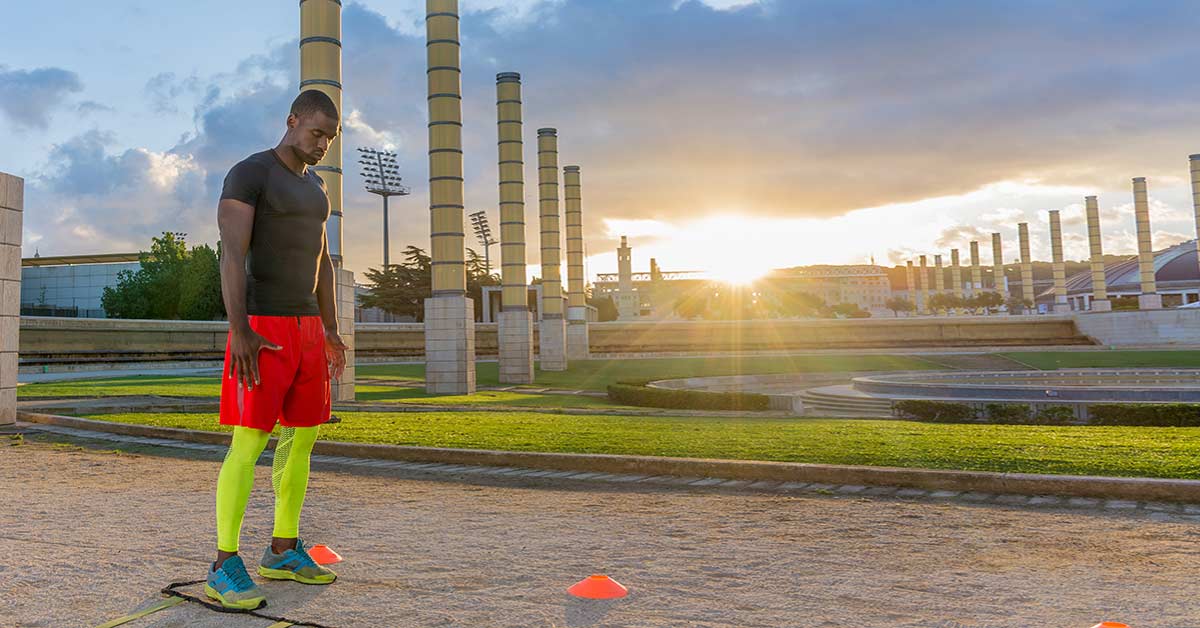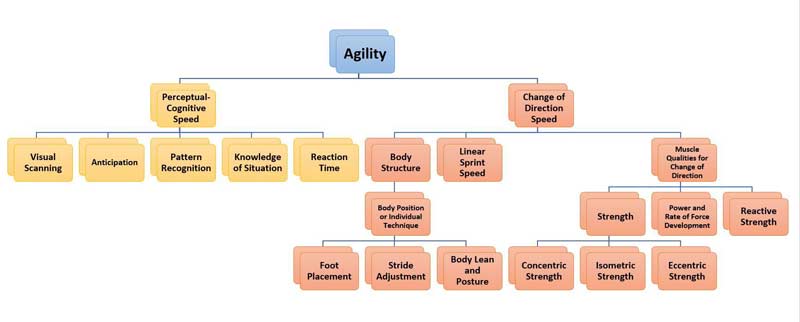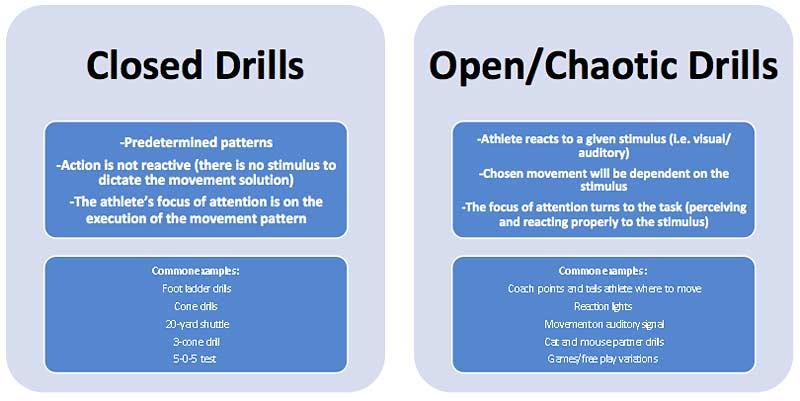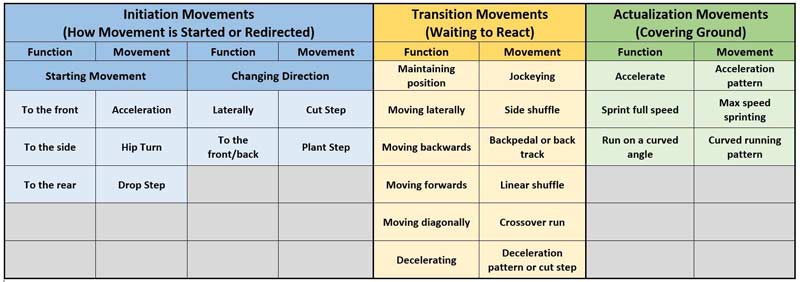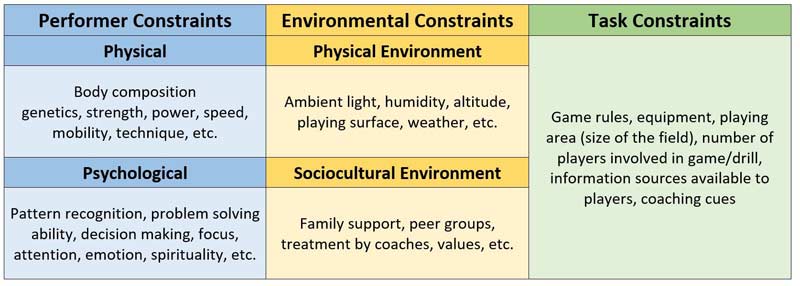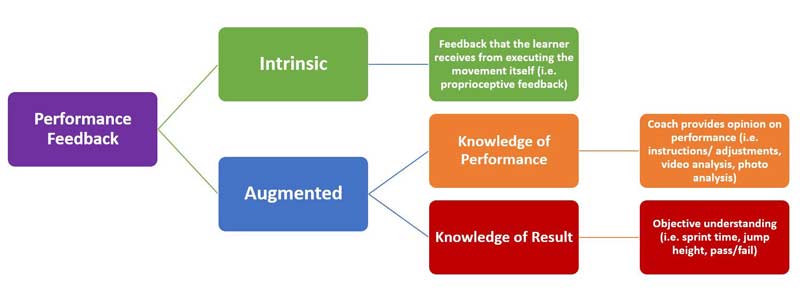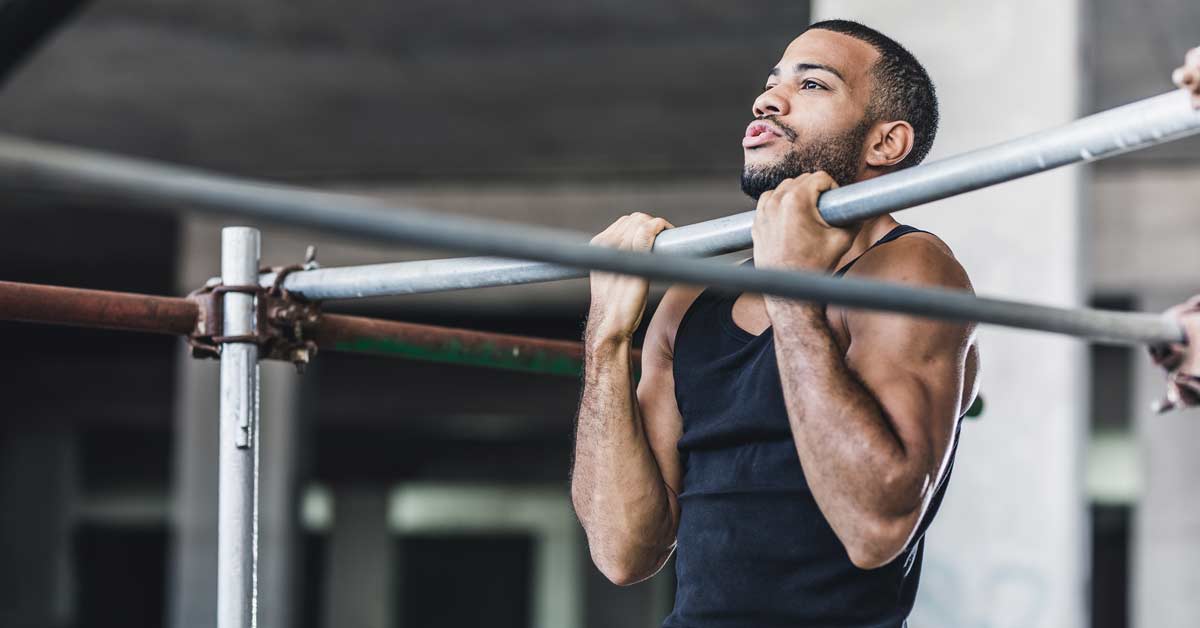
Michael Yessis is a teacher, sports performance trainer, biomechanist, and author. He earned a Ph.D. from the University of Southern California. He has done work translating, adapting, and implementing sports training methodology from the former Soviet Union, including work by Yuri Verkhoshansky, Anatoliy Bondarchuk, and Vladimir Issurin, for more than 50 years. Dr. Yessis has worked extensively with professional and amateur athletes, including Marv Marinovich, Evander Holyfield, Dianne DeNecochea, Jose Luiz Barbosa, and others. He worked with the Los Angeles Rams and Los Angeles Raiders professional football teams, as well as Team USA Volleyball. Muscle & Fitness magazine referred to Dr. Yessis as a “legendary biomechanist.”
Freelap USA: What are your thoughts on the heaviest weight, relative to a 1-rep max, that most athletes need to work with over the course of their careers?
Dr. Michael Yessis: The 1-rep max is most important for athletes in the power sports (weightlifting, powerlifting, and in many cases, bodybuilding). These athletes need to develop maximum strength. They must be cognizant of the amount of weight that they are using in the various exercises.
I do not use the 1-rep maximum, or percentages of it, to improve the performance of the athlete. Athletes need more attention on skill execution (the key to improving athletic performance) and strength that is specific to the skill execution. This requires the use of specialized strength exercises that entail 60-85+% of max. This is moderate intensity in comparison to percentages over 85%.
Specialized strength exercises duplicate the neuromuscular pathway and range of motion over which strength is developed during skill execution. This is one of the main reasons why the lower percentages of max (50-85%) are typically used. It allows for better adaptation by the body so that greater strength, etc. is developed.
Athletes need more attention on #SkillExecution, and strength that is specific to skill execution, says @doctoryessis. Share on XBecause specialized strength exercises have an immediate effect on skill execution and improvement in overall performance, they play an important role in the training of all athletes, especially at the higher levels.
Percentages of the 1-rep max are geared more to development of general strength, which does not have an effect on skill execution. I develop general strength in foundational training with use of the 1 x 20 strength training program. Understand that general strength does not have an effect on skill execution.
Also, when skill execution comes foremost in the program, the amount of resistance is determined by how well the exercise is executed. Once the athlete deviates from correct form in execution of the exercise or skill, he stops doing the exercise. The key is to complete a specific number of repetitions rather than overcoming a specific amount of weight with effective skill execution.
Freelap USA: What is your take on potentiation methods, and using complex methods where one movement enhances another, such as barbell training or plyometrics enhancing sprinting? In which situations would you utilize this?
Dr. Michael Yessis: I don’t distinguish training methods in this manner. Any potentiation is usually taken care of in the foundational training, utilizing the 1 x 20 RM strength training program.
Each type of training has its place in the overall development of an athlete. For example, barbell exercises or strength exercises must precede any plyometric exercise. More specifically, x amount of strength development must precede plyometrics, at least explosive plyometrics and not the common jump exercises that are often considered plyometric.
In essence, the sprinter must first start with technical training to establish his or her running form and then, or simultaneously, use specialized strength exercises to enhance specific joint actions. For example, practice the thigh (knee) drive for quicker leg transition, which equals greater speed. Most often, the special strength exercises are used to correct sprint technique; for example, the pawback exercise to learn and enhance the feel of driving the leg down and back.
The key is to use every training method to develop the skills needed for the next type of training, says @doctoryessis. Share on XThe key is to use every exercise, or method of training, to develop the abilities needed to do the next type of training. It is very individualized. Each exercise or method is selected depending upon its value in developing the objective at hand. The work is very specific. As a result, the sprinter sees overall improvement in his or her speed very quickly.
Freelap USA: Where did you derive the “1 x 20” training system? What components went into the construction of this training scheme?
Dr. Michael Yessis: Elements of the 1 x 20 training system were formulated when I first started my professional career. There were only one or two basic programs available at that time, and I did not completely agree with them. Thus, I looked at what we know from motor learning, muscle physiology, and some of the basic principles of training, and began formulating what was to become the 1 x 20.
For example, some of the basic principles included accustomization, gradualness, progressiveness, and consistency. All of these went into working out the 1 x 20 strength training program. I began using this program (which was not called the 1 x 20 at that time), giving details on how the workouts should be conducted. A few years ago, one of my colleagues suggested using the term “1 x 20” to identify this program. It sounded good and it soon stuck.
This program is used mainly for the young and beginning athlete to establish a good foundation for future training. For example, the athletes develop greater strength, muscular endurance, coordination, stronger ligaments and tendons, improved circulation, skill execution, etc. with the 1 x 20 program. Perhaps even more importantly, athletes are training and playing injury-free or close to injury-free.
Science shows that moderate intensity—not high intensity or low intensity—is best for adaptation, says @doctoryessis. Share on XThe main reason for this is that the program involves less intensity, which is more conducive to adaptation by the body. This is a scientific fact that has been ignored in the common literature. Science has shown that moderate intensity is best for adaptation. High intensity and low intensity also produce adaptation, but not as much and not as effectively.
Many coaches began using the 1 x 20 strength training program with higher-level athletes and found great success. This indicated that athletes were not developing a good base when beginning their training. Thus, the program, or at least one or two cycles of the program, was found to be very effective with higher-level athletes, especially collegiate. With elite athletes, the 1 x 20 is used mainly as an unloading period.
See The Revolutionary 1 x 20 RM Strength Training Program for more information.
Freelap USA: What’s your take on agility work for sport? Is there use in training agility without a game-like visual stimulus to react to?
Dr. Michael Yessis: I have found that most commonly used agility drills are not effective and may even make a slower athlete. There are several reasons for this, but the main one is that the drills do not mimic what the athlete does in a game situation to exhibit true agility. (The ability to change direction while in motion.)
Because of this, I concentrate on and create drills based on execution of the cutting action. This is the key to agility. Athletes must be able to execute the basic cutting action in order to change direction quickly while in motion.
Drills are constructed on the different elements that go into the execution of a good cutting action. In all cases, however, the athlete first must learn how to execute the cutting action and then create a drill to reinforce the cutting action to make it permanent and automatic.
Very few coaches understand or teach the basic cutting action needed to change direction quickly, says @doctoryessis. Share on XWhat it is surprising is that very few coaches understand or even teach the basic cutting action. Coaches tell me that it is never covered in any of the clinics or in the curriculum of the certifying body. But once the cutting action is mastered, the athlete finds that he or she is much quicker in all movements that require changes in direction. It is at this time that game-like visual stimuli can be effectively used.
Information on the cutting action can be found In Build a Better Athlete.
Freelap USA: What are the biggest sprinting faults that you tend to see with developing athletes, and how do you seek to correct them?
Dr. Michael Yessis: I see many flaws in the running techniques of sprinters. Most notable are making ground contact on the heel first, not executing a pawback, insufficient drive of the thigh forward during the drive phase, excessive forward lean when in full stride, and inadequate separation between the thighs at, and immediately after, takeoff. All of these are not found in any one runner, but one or two is typical.
The heel hit appears to be most common in team sports, especially baseball and football. Probably the most glaring flaw is lack of pawback. It appears most in novices, but is also quite common in higher-level athletes. Inadequate separation between the thighs at takeoff is very common even among “top” sprinters. This appears to be indicative of a lack of flexibility not only in the hips, but also in the waist. Insufficient drive of the thigh during the push-off is an indicator of poor hip joint flexor strength and/or reliance on the butt kick in the run.
Two notable strength prep flaws are lack of hip muscle strength and too much reliance on the squat, says @doctoryessis. Share on XI correct these errors with specialized strength exercises. For example, the knee drive exercise for insufficient drive of the thigh during the push-off, the pawback exercise to learn and enhance pawback, back raises and some running technique changes to get a more erect running posture, and the classic lunge going as low as possible for greater mobility in the hip joint to improve separation between the thighs. As the athlete masters these exercises, minor changes are made to more closely duplicate what occurs in effective sprinting.
For greater detail on these and other flaws, see Explosive Running.
I also find many flaws in their strength preparation. Most notable is a lack of hip muscle strength and too much reliance on the squat. Very often there is overemphasis on strengthening the upper body at the expense of the lower body. Also quite common is a lack of core (abdominal and lower back) strength, especially of the obliques. I typically correct these flaws with strength exercises specific to the muscles involved. With long distance runners, I find general overall lack of strength, even of the respiratory muscles.
Since you’re here…
…we have a small favor to ask. More people are reading SimpliFaster than ever, and each week we bring you compelling content from coaches, sport scientists, and physiotherapists who are devoted to building better athletes. Please take a moment to share the articles on social media, engage the authors with questions and comments below, and link to articles when appropriate if you have a blog or participate on forums of related topics. — SF

